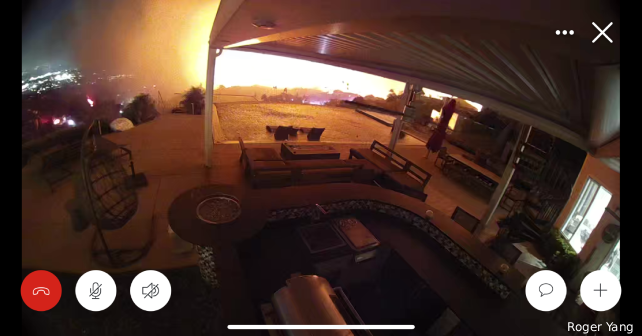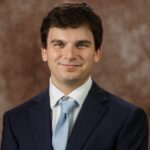
In January, Los Angeles County was ablaze with another fire that drastically transformed a community and the land they considered home. Fueled by high winds and strained local resources, the Eaton and Palisades fires became some of the most destructive wildfires in California history. Emergency physicians are not only frontline workers during these catastrophes but also members of the affected communities. Their experience with the fires highlights the intersection of physicians’ personal lives, professional duties, and their communities.
In the San Gabriel Valley near the Eaton fire, Sam Beckerman, MD, PhD, described waking up before his night shift to see a fire climbing up the canyon in the distance. As the fire rapidly progressed, Dr. Beckerman and his wife made the decision to evacuate with their son before his night shift.
“Our entire community was having an emergency. Moving my family to a safe place made it possible for me to give my full attention to the emergency department and our patients that night,” Dr. Beckerman said. Even in a state of emergency, we must remember to keep ourselves safe so that we can continue to care for others.
On the other side of Los Angeles County, Lawrence Stock, MD, described the difficulties he went through in the Palisades/Malibu fires. As these fires raged on, Dr. Stock describes how he had to get what he could and fight the flames from his own home and his parent’s home until he could no longer fight. Eventually, he was unable to hold off the fire, and unfortunately, was faced with disaster as both of his homes were lost.
Dr. Stock described that it was in the aftermath of the fires that he was amazed by the support he received from his physician partnership group. This enormous amount of support allowed him to regain his footing and go back to caring for the community. His group provided a large period of paid time off. Dr. Stock was able to regroup by focusing on what he still had rather than what he had lost. This highlights the duty that the emergency community has to each other: When one of the emergency medicine community is affected, others step in to provide assistance.
In a similar situation, Karina Sanchez, MD, described her story with the Eaton fire and its effects on her life now. On the day of the fires, Dr. Sanchez had completed a night shift and then had to deal with the fire’s effects. With no sleep, she took care of her children and was forced to leave their home behind. Ultimately, it was lost. Notably, Dr. Sanchez said, “the beginning was actually the easier part.”
Dr. Sanchez knew what she had to do, but now, months after the fires, she has faced even greater difficulties. Life did not pause for her and her husband, and amid the difficulty of evacuation, she had to find a place to live and continue to work. Despite this, Dr. Sanchez said the support she received from the emergency community was immeasurable, and she felt safe enough to talk with others about what had happened to her.
Each of these stories tells how emergency physicians must manage their role as both health care practitioners and members of their communities. These fires were not isolated incidents. We must all be prepared for the increased frequency and severity of natural disasters. Our health care system is part of our community and the people it serves. By continuing to view them together, emergency physicians can provide better for both the community and for each other, when the next disaster strikes.
 Michael Ashkinadze is a medical student at Western Michigan Homer E. Stryker School of Medicine. Prior to that, he was a long-time member of the EMS community in Los Angeles County.
Michael Ashkinadze is a medical student at Western Michigan Homer E. Stryker School of Medicine. Prior to that, he was a long-time member of the EMS community in Los Angeles County.










